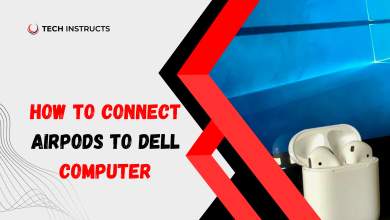How To Fix Pressure Spots On LCD Screen?
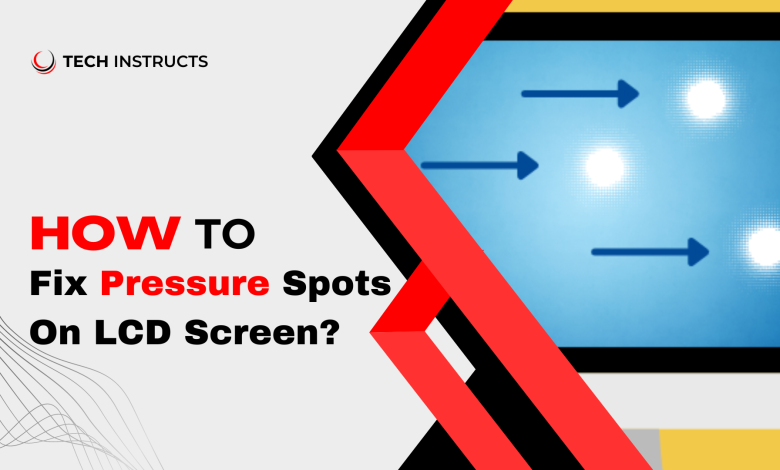
Pressure Spots on LCD screens can be a significant problem, as they can interfere with the overall image quality and cause visual discomfort. These spots are the result of pressure being applied to the screen, which can occur from a variety of sources, including fingers, pens, or other objects. The pressure can cause the Liquid Crystal Display (LCD) to become damaged, resulting in a spot or areas that appear darker or brighter than the rest of the screen.
It is important to fix pressure spots on LCD screens as soon as possible, as they can negatively impact the user experience. For example, if pressure spots are present in areas where important information is displayed, it can be difficult to read or interpret the information correctly. In addition, pressure spots can be distracting and reduce the overall aesthetic appeal of the screen, which can be particularly problematic for professionals who rely on their screens for work.
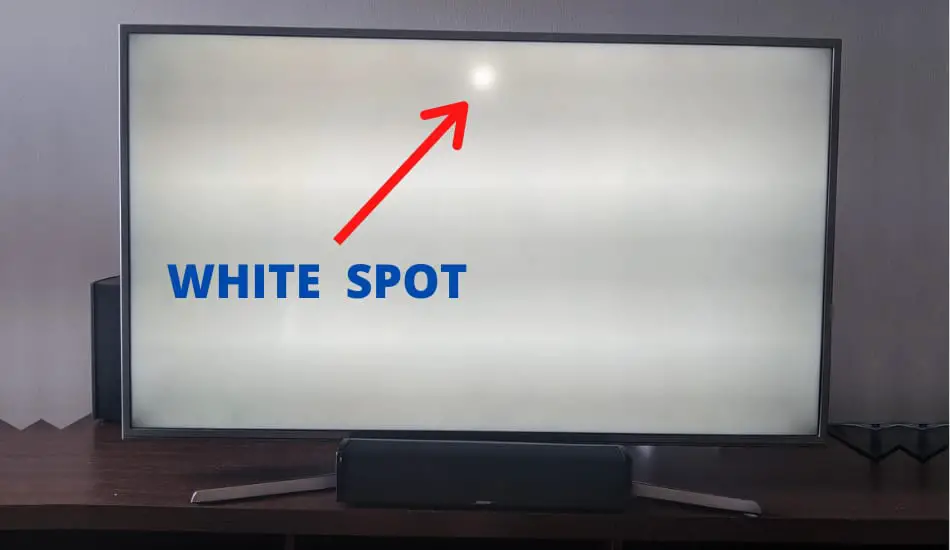
There are several methods to fix pressure spots on an LCD screen, depending on the severity of the damage. Some of the most effective methods include using a suction cup, applying heat or pressure, or replacing the damaged screen entirely. These methods may require some technical knowledge and expertise, so it is important to research the proper technique or seek the help of a professional.
In this article, we will explore the causes of pressure spots on LCD screens, the impact they can have on the user experience, and various methods for fixing them. By understanding how to fix pressure spots on LCD screens, users can ensure they get the best possible performance from their device and prevent further damage from occurring.
Steps To Fix Pressure Spots On Lcd Screen
Pressure spots on an LCD screen are often caused by a buildup of pressure in a specific area, leading to discoloration or distortion of the display. This can be frustrating and distracting, but there are a few methods that you can try to fix these pressure spots. Here are some different methods with proper headings:
Massaging Method
The massaging method involves gently applying pressure to the affected area in an attempt to redistribute the liquid crystals in the screen. Follow these steps:
- Turn off your LCD screen.
- Use a soft, lint-free cloth to wipe away any dust or debris from the screen.
- Use your finger or a soft cloth to gently apply pressure to the affected area in a circular motion. Apply gentle pressure for 5-10 seconds at a time.
- Repeat this process for several minutes, checking the screen periodically to see if the pressure spot has improved.
Heat Method
The heat method involves applying heat to the affected area to try and redistribute the liquid crystals in the screen. Follow these steps:
- You should turn off your LCD screen.
- Use a soft, lint-free cloth to wipe away any dust or debris from the screen.
- Use a hairdryer on the lowest heat setting to apply heat to the affected area for 5-10 seconds at a time. Keep the hairdryer at least 6 inches away from the screen.
Rubbing Alcohol Method
The rubbing alcohol method involves using a small amount of rubbing alcohol to try and dissolve any debris or dust that may be causing the pressure spot. Follow these steps:
- Turn off your LCD screen.
- Mix a small amount of rubbing alcohol with water in a 1:1 ratio.
- Dampen a soft, lint-free cloth with the rubbing alcohol solution.
- Gently rub the affected area with the damp cloth for a few seconds, being careful not to apply too much pressure.
- Use a dry, soft cloth to wipe away any excess rubbing alcohol.
Professional Repair
If the above methods do not work, or if the pressure spot is particularly severe, you may need to seek professional repair. A professional technician can open up the LCD screen and attempt to fix the pressure spot, although this can be expensive and may not always be successful.
Overall, these are some methods that you can try to fix pressure spots on an LCD screen. However, be sure to exercise caution when attempting any of these methods, as applying too much pressure or heat can potentially damage the screen further.
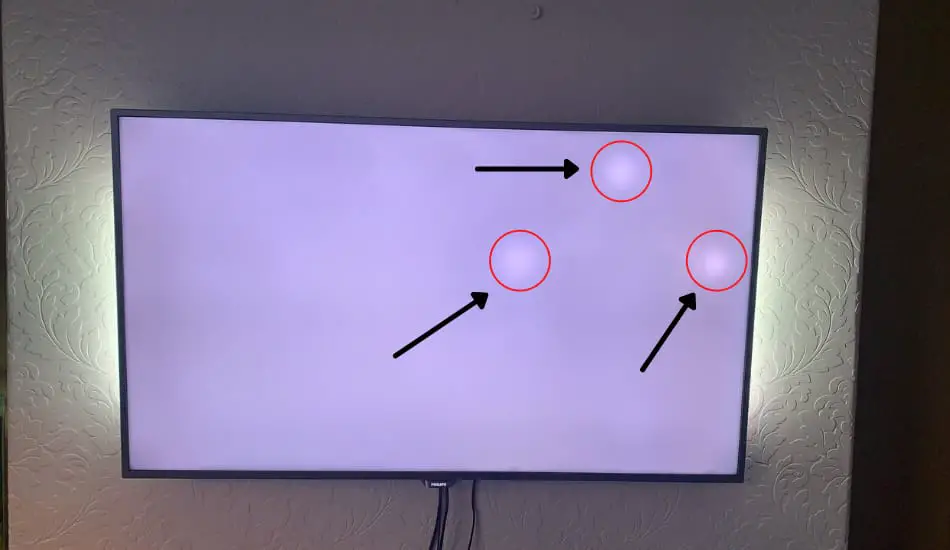
Causes of Pressure Spots on LCD Screens
There are several causes of pressure spots on LCD screens. Understanding these causes can help users avoid pressure spots and take proper precautions to prevent them from occurring.
Physical Pressure
The most common cause of pressure spots on an LCD screen is physical pressure. This pressure can be caused by a variety of sources, including fingers, pens, or other objects. Even a small amount of pressure can be enough to damage the screen and cause a pressure spot.
Temperature Changes
Sudden changes in temperature can also cause pressure spots on LCD screens. This is because LCD screens are sensitive to temperature changes and can become damaged if exposed to extreme temperature fluctuations. This is particularly true of screens that are exposed to direct sunlight or heat sources.
Humidity
High humidity levels can also cause pressure spots on LCD screens. This is because humidity can cause the adhesive layer that holds the screen together to weaken and break down, which can result in a pressure spot.
Manufacturing Defects
Finally, pressure spots also cause by manufacturing defects. These defects can occur during the production process and can result in a weak or damaged LCD screen that is prone to developing pressure spots over time.
Types of Pressure Spots on LCD Screen
Pressure spots on an LCD screen can appear in different forms and patterns depending on the nature of the underlying pressure. Here are some of the common types of pressure spots:
Circular or Oval Spots
These pressure spots characterize by circular or oval shapes that appear on the screen. They can be caused by a point of pressure on the screen, such as from a pen or pencil.
Linear Spots
Linear pressure spots are long, narrow lines that appear on the screen. They can be caused by applying pressure to an object that has a sharp edge, such as a ruler or a hardcover book.
Cloud-Like Spots
Cloud-like pressure spots are diffuse areas of discoloration that appear on the screen. They can be caused by uneven pressure applied to the screen over a larger area, such as from stacking heavy objects on top of the screen.
Smudge-Like Spots
Smudge-like pressure spots are often caused by oily or greasy substances coming into contact with the screen, such as fingerprints or food residue. They can appear as smudges or stains that are difficult to remove.
Dead Pixels
Dead pixels are not exactly pressure spots, but they are another type of screen issue that can appear as small spots or dots on the screen. It is caused by a malfunctioning pixel that no longer displays any color or brightness, resulting in a black, white, or colored dot on the screen.
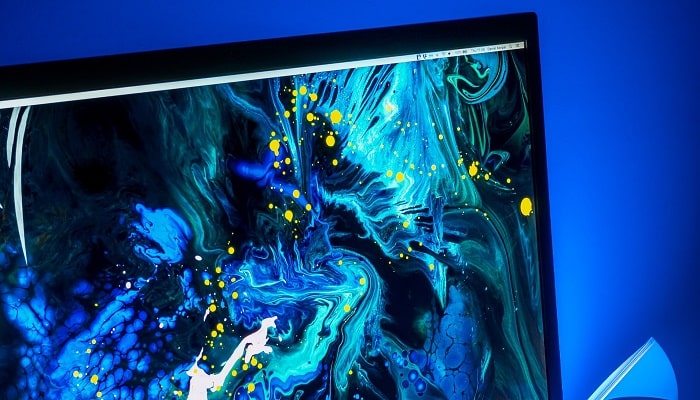
User Experience Impacts of Pressure Spots on LCD Screens
Pressure spots on LCD screens can have a significant impact on the user experience. The following are some of the most common ways in which pressure spots can affect users:
Visual Discomfort
One of the most noticeable effects of pressure spots on LCD screens is visual discomfort. Pressure spots can cause areas of the screen to appear darker or brighter than the rest of the screen, which can be distracting and uncomfortable for users.
Difficulty Reading Information
If pressure spots are present in areas where important information is displayed, it can be difficult to read or interpret the information correctly. This can be particularly problematic for professionals who rely on their screens for work, as it can negatively impact their productivity and accuracy.
Aesthetic Appeal
Pressure spots can also reduce the overall aesthetic appeal of the screen. This can be particularly problematic for users who use their screens for entertainment or artistic purposes, as it can detract from the overall viewing experience.
Decreased Lifespan
Finally, pressure spots can also decrease the lifespan of the LCD screen. This is because pressure spots can cause additional damage to the screen over time, which can result in more severe issues and ultimately lead to the need for a replacement screen.
Final Words
Pressure spots on an LCD screen can be a frustrating and distracting issue that can affect the display quality. While there are several methods you can try to fix pressure spots, such as massaging, applying heat, or using rubbing alcohol, it’s important to exercise caution to avoid causing further damage to the screen. If these methods do not work, seeking professional repair may be necessary. Ultimately, preventing pressure spots from occurring in the first place by handling your LCD screen with care and avoiding putting pressure on it can be the best solution.
FAQ’s About How To Fix Pressure Spots On Lcd Screens?
Here are some FAQs about Fixing Pressure Spots on LCD screens.
Do LCD pressure marks go away?
LCD pressure marks, also known as pressure points, may or may not go away depending on the severity of the damage. Minor pressure marks may disappear over time, while more severe marks may be permanent.
How do I fix the pressure on my LCD screen?
If you have a pressure mark on your LCD screen, there are a few things you can try to fix it. One solution is to gently rub the affected area with a soft, lint-free cloth to try and even out the pressure. Another solution is to use a suction cup to lift the screen gently and release the pressure.
How do you get rid of pressure marks?
It is difficult to completely get rid of pressure marks on an LCD screen, but there are a few things you can try. First, turn off the screen and allow it to cool down. Then, use a soft, lint-free cloth to gently rub the affected area in a circular motion. You can also try using a suction cup to lift the screen gently and release the pressure.
What are the spots on my LCD screen?
The spots on your LCD screen causes by a variety of factors, including dead pixels, dust, or other contaminants on the screen. They also cause by pressure marks or other types of physical damage. If the spots are persistent and cannot be removed with cleaning, it’s best to consult a professional for LCD screen repair.




